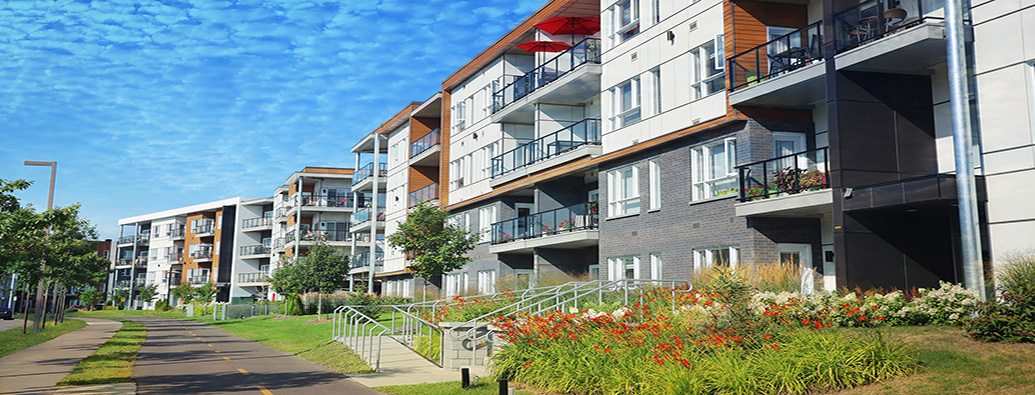
-
Category:
- Environment
- Policies
The most recent report from the United Nations’ Intergovernmental Panel on Climate Change warns that the world’s governments have just three years to take radical action to curb the worst effects of climate change. Addressed only in part to national governments, the report calls on city governments around the world to reduce carbon emissions by taking drastic action.
Like most cities, Los Angeles has broad authority over land use regulations and transportation investments—two types of policy decisions that affect climate. The urgency of the climate crisis, the effects of which are now impossible to ignore, coupled with the dramatic rise in gas prices, point up the City’s obligation to use that authority. That’s why City Planning and the Los Angeles Department of Transportation (LADOT) are proposing major changes to transportation planning for new building developments.
Adding to our network of roads and highways is a costly and often counterproductive response to growing transportation demand. Our City’s experience with freeway expansion shows that it is unlikely to ease congestion, but highly likely to displace communities of color and have other harmful effects. For this reason, transportation demand management, or TDM, strategies have become indispensable tools for planners in Los Angeles and other cities around the world.
The Department’s existing TDM strategies are due for an update. When Los Angeles adopted the TDM Ordinance in 1993, sustainable modes of transportation in the City were scarce: the majority of the Metro Rail and Bus Rapid Transit networks that serve us today did not yet exist, and construction was wrapping up on LA’s last major new freeway, the 105.
App-based route planning of the kind Google Maps and Waze offer today was not yet an option. As a result, the rules still in effect from 1993 require developers to comply with outdated practices that do not take Angelenos’ current transportation patterns and preferences into account. Another limitation of these nearly thirty-year-old TDM strategies is that they only apply to new, non-residential developments of more than 25,000 square feet. City Planning and LADOT are proposing to require TDM strategies for a wider range of projects, including residential projects. In the aggregate, smaller projects make a big difference.
Under our new policies, developers would select TDM strategies compatible with buildings’ uses and locally available types of transportation. For example, suppose a new apartment building in Koreatown is close to a Metro bus stop and a Metro Bike Share station. The developer may choose to provide new tenants with reduced fare, or even free, transit rides and Bike Share memberships. Similarly, an office development might incentivize workers to commute by bus and guarantee a taxi or rideshare home when they work late or are called away from the office.
The current system encourages driving for those who can afford it. LA’s automobile-centered network is the intentional result of more than a century of infrastructure investments and land use regulations that favor car travel. As a City, we pay a price for this individualistic arrangement, in terms of both environmental impacts and traffic. Creating this system had devastating effects on communities of color, which saw houses razed to make room for freeways and neighborhood streets turned into arterials to facilitate job access for whiter, wealthier populations who had moved to the suburbs.
The City’s new policies aim to change course, fostering development that provides better access to jobs and transportation and contributes to making communities more livable for all Angelenos. Sustaining a car-based transportation network requires the construction of cars, garages, parking lots, and large roads, which reliably produce unsafe streets, asthma and other public health concerns, inflated costs for concrete and steel, and infrastructure maintenance strains.
It also subjects working people to price shocks at the gas pump. We have to weigh the convenience of driving against its negative consequences for our well-being and the health of future generations.
Cities can take on climate change and high gas prices by offering mobility choices that are quick, affordable, and available. By ensuring new developments provide the transportation infrastructure to meet demand, we can make climate action a part of everyday life.
Learn more and stay up to date with the latest policies and timelines by visiting planning.lacity.gov/plans-policies/initiatives-policies/mobility.